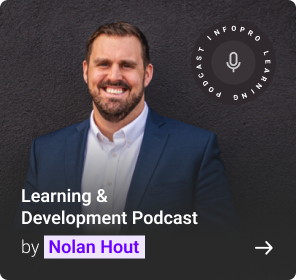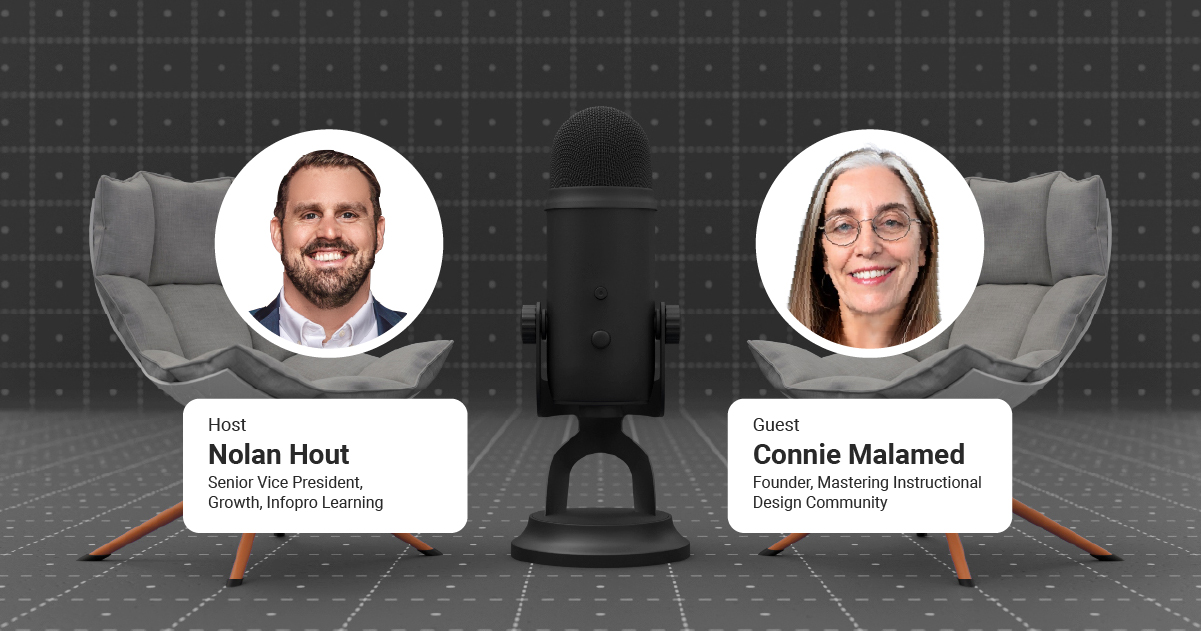Developing the capabilities of leaders who will be taking over responsibility for successful business outcomes in the future is now at a critical milestone for our learning community.
Here are just a few of the questions we must answer when developing leaders for the future:
-
- What is the implication of the current business climate for leadership at all levels?
-
- How will technological changes disrupt and impact business and challenge our leaders?
-
- What knowledge and skills should be our priority focus? What do we hold on to from our past programs?
-
- What do we discard?
-
- How do we start to think totally differently about this problem and solve it?
For those of us charged with the responsibility of developing future leaders, the future is now. We have a call to action to prepare our emerging talent to take on leadership positions at every level of our organizations.
The Business Context
Business models, fueled by technology, are changing faster than we can keep up. There are disruptors in every area of the business community:
-
- New Business Models such as Airbnb and Uber
-
- New Products such as mass production of electric cars (Tesla)
-
- New Biotech Advances such as 3D printing of organs
A decade ago, none of these new models, product and processes were even envisioned!
Much of this change in business models is being facilitated by evolving technology.
Consider the following:
-
- Watson by IBM: an artificial intelligence that has read every paper on cancer ever written and now partners with doctors to find new solutions
-
- GitHub: the largest open software library
-
- Microchips: non-Silicon materials led to exponential growth of computing power Connectivity: by 2020, the number of devices per person will more than double – from 1.7 to 4.3 per person
The Workforce And ‘Work’ is also Changing Rapidly
Changes in the generations are fueling our call to action because of the limited time people have today to stay in leadership positions within a stable business climate.
Consider the following:
-
- Baby Boomer Retirements: In the U.S., 10,000 baby boomers retire every day. By 2030, all baby boomers (defined as born between 1946 and 1964) will have celebrated their 65th birthday.
-
- Globalization of the Workforce: Corporations today are managing a diverse workforce, handling cultural sensibilities and catering to a varied clientele across the globe. Managing time zones, along with diverse and remote teams, is considered a major leadership challenge that will only accelerate.
-
- U.S. Workforce Diversity Changes: From 1980 to 2020, the white working-age population is projected to decline from 82 percent to 63 percent. During the same period, the minority portion of the workforce is projected to double (from 18 percent to 37 percent), and the Hispanic/Latino portion is projected to almost triple (from 6 percent to 17 percent).
-
- Types of Jobs: Consider that in 2010, the Top 10 jobs in the U.S. did not even exist in 2004!
What we’ve just reviewed (changing business models, technology and the geopolitical climate) is not meant to be exhaustive. It is meant simply to help us attain a common context as we take this journey to develop leaders who will be grappling with Thomas Friedman’s Age of Accelerations.
Implications for Future Leadership Development
Traditional leadership development programs may not adequately prepare our leaders for the future.
There are some sound assumptions we can make to frame our leadership development solutions:
-
- Leadership will continue to flatten and be required at every level of the organization.
-
- Partnerships will flourish with global opportunities to engage teams of employees and contractors, and engage third party relationships to manage non-core activities.
-
- Functional knowledge will serve as a foundation with strategic business thinking, adaptability and continuous learning providing the keys to success at all levels.
We must consider that traditional leadership development programs may not adequately prepare our future leaders to be successful in this volatile, uncertain, complex and ambiguous (VUCA) business climate. This means we need to start looking at leadership development through a new lens.
Leadership is changing in the digital age, and leadership development must change as well.
One change is the transition from the individualist nature of leadership to a more-collective focus. The younger generation has learned consciously and unconsciously the lessons of leadership from an older generation that was taught to focus on the individualistic nature of leadership.
The future of leadership development will be the ability to create informal and formal networks and boundaries.
Just like knowledge has been democratized through social media, leadership will be democratized throughout vast global networks. Senior leaders will require the capacity to allow leadership to flourish as well as rein in any excesses that could cause risks to the organization and the culture.
We need to support the readiness of our future leaders to take on this mantle of collective leadership; however, they need a new vision of leadership. They need to create a different roadmap and pathway for “what” leadership might look like and “how” they can get there.
To see our approach for developing leaders prepared for the digital age, read Future Leadership Development: Transforming Leaders to Excel in the Digital Age… and Beyond.





